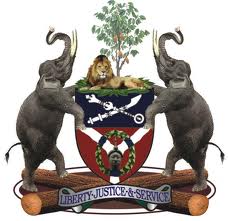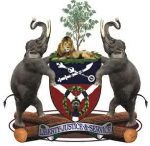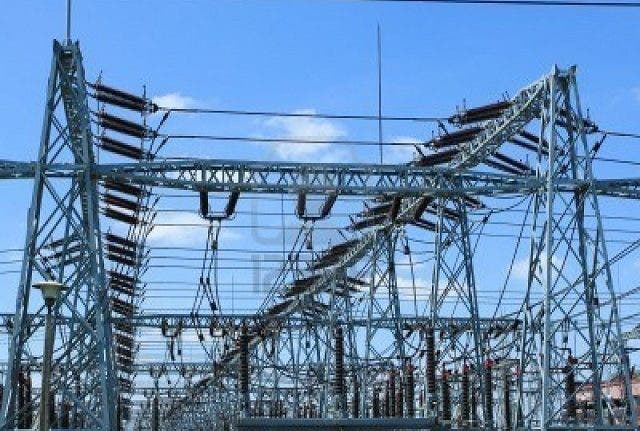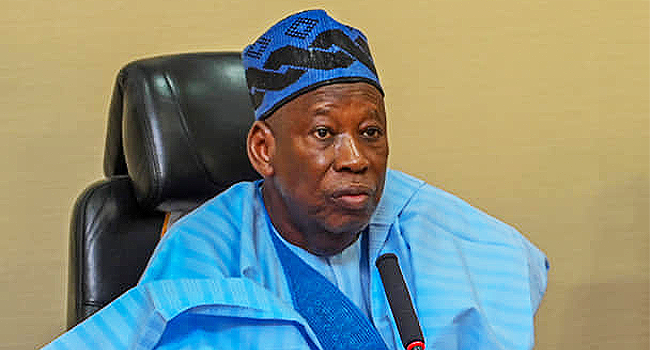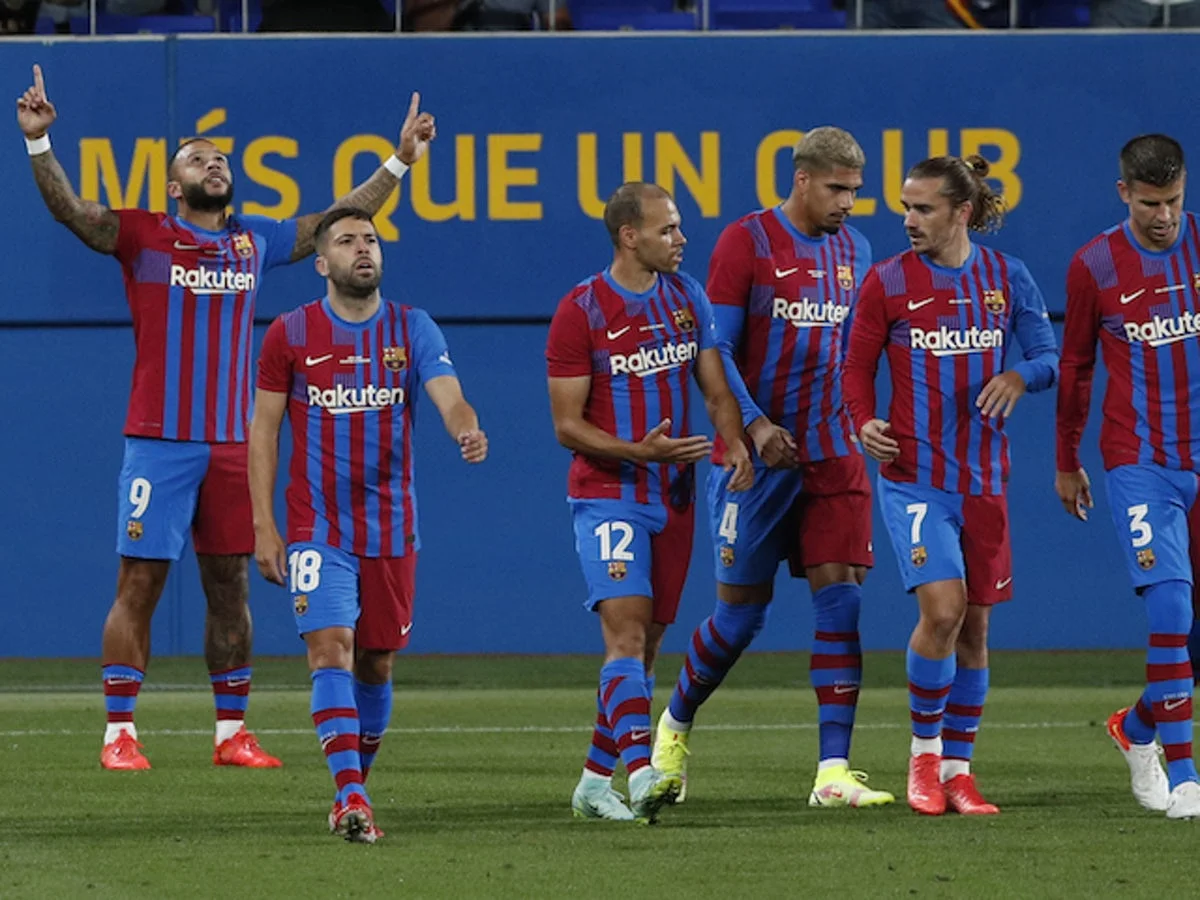BY DR. WALE BOLORUNDURO
NOBODY can contradict the fact that Aregbesola set the tone for the renewal of Osun’s infrastructures with the glaring projects and the logic in developmental economics, that economic activities such as movement of goods and services, capital appreciation of assets and investments, etc, can now be ring-fenced into the treasury of the state to increase the IGR. Not admitting these facts and not attributing the increase in the annual IGR to the prior infrastructural developments, implemented by the revenues and debt financing of the state, under Ogbeni Rauf Aregbesola is a deliberate attempt to undermine and to obliterate his records. The IGR of the state has increased significantly from less than N4billion in 2009 to N13bn in 2018 and now, to N19bn in 2020. The recently published audited accounts of the state confirmed this. Therefore, reference to the debt repayment without reporting the increase in economic activities, the refunds from Federal Government, realisation of the appreciated assets and activities brought about by those investments, is an attempt to stain Aregbesola and hang the burden of debt on his neck perpetually, even as the debt repayment figures taper out and the IGR increases to the level sufficient to service the loan.
I was not only the Commissioner of Finance during Aregbesola’s era, I was also the man in charge of the fiscal policies in his first term. I got the governor’s approval in place to submit all files for vetting to the then Chief of Staff, Mr Adegboyega Oyetola and to route all memos through him. It was designed to streamline expenditure, to control cost and to prevent multiplicity of cost as well as to give him vantage position of knowing all things. Aregbesola severally called him “Prime Minister” openly in the presence of other cabinet members and outsiders. Although, I was the paymaster, the salaries’ files passed through him also. Only the Deputy Governor and the SSG reported directly to the Governor. When the first tenure of Aregbesola ended and there was no commissioner for over two years, Oyetola was the same Chief of staff that I handed over the bank confirmation to, so when any approval of Aregbesola to release fund was obtained and Accountant General sent instructions to pay to the bank, he was the final authority confirming to the banks’ for final payments on all duly processed expenditures of government. This continued until mid 2017, when new set of commissioners were appointed. Someone so vital then cannot now distance himself from the responsibility that he held severally and jointly.
With Oyetola’s position as Chief of Staff and early entry, I have no doubt that he knew about the Debt Programme of the government. Barely a month after our resumption as commissioners, the governor granted an interview marshaling his plan to develop Osun through leverage and he mentioned the huge sum needed and that he already had N29bn. When I checked bank balances, it was only N4bn, a saving from FGN refunds on London Club. Surprisingly, Aregbesola had added the FBN’s N25bn pipeline of funding. The media aides were reporting to the Chief of Staff, so there was no way such a big media event could have taken place without all insiders (including, the then Chief of Staff) in the loop.
Obviously, the IGR then in 2011 could not carry the infrastructural developments, so the plan was to refinance the inherited Prince Olagunsoye Oyinlola’s N18.38bn loan and to restructure the N8.6 bn already spent. If Aregbesola had decided to run with the inherited liability and stay with the 6 stadia projects of Oyinlola, he would have still made a loan repayment of N23bn in his first term on inherited loan, without his flagship urban renewals project, Osogbo and Ilesa township roads. Osogbo would have remained the rustiest state capital in Nigeria. There wouldn’t have been fund to mobilize contractors to start Gbongan-Akoda-Osogbo and Osogbo-Ikirun-Ila-Odo-Kwara State boundary roads. For this latter choice, he took N30bn conventional bond in 2012 and in 2013.
For the High Schools (including equipment and furnishings), he took N11.4 bn Sukuk bond from Capital Market in a transparent and open manner, regulated by Securities Exchange Commission (SEC). The capital market bonds were used to bench mark the other construction finance necessary to augment with an intention to refinance them to long term.
Therefore, in his first term, Aregbesola made N21bn loan repayment without abstaining from his social contracts with the people of Osun. He employed over 5,000 teachers and civil servants, he engaged two streams of youths under his OYES programme, each stream had 20,000 youths. There were stakeholders’ participation at the governing board level of state corporations and agencies of government. While the OYES gulped N200m monthly, the board participation of stakeholders took about N150m. The civil servants insisted on minimum wage and consequential adjustments annually for the first three years to catch up with other South-West states. The N25bn facility of First Bank came “handy”, when the payroll cost increased significantly in mid 2013 and the theft of crude oil began to affect revenue takings from federation accounts (at the centre) in 2014 and early 2015. This payroll deficit was financed, principally by the First Bank facility. Unfortunately, the state couldn’t go back to the Capital market to refinance the FBN facility and other construction finance facilities used to augment the shortfall in its infrastructural developments. The total of the construction finance facilities was N65bn. The state continued to service this, until the balance was N50bn, which was converted along with the FBN facility (salary deficit) to FGN bond during the second term.
In the second term, the repayments of the bonds had kicked in heavily and honestly; this was the optimal loan repayment period and there was no way any other subsequent administration would have to do the same heavy lifting on loan repayment as carried out by Aregbesola. On the two state bonds alone, Aregbesola made a loan repayment of N46bn. Similar loan repayments were made on the construction facilities.
The total loan repayment in the second term of Aregbesola was N102bn despite the huge drop in the price of crude oil with resultant impacts on the revenue accruing to the state. Yet, the infrastructure deployments were not “clawed back” and the social contracts on socio-economic developments, youth empowerment and stakeholders’ participation continued. The average price of crude oil was 43US Dollars in 2016 and it didn’t start to climb up until mid 2018. Luckily, the average became 64.30US dollars per barrel in 2019 and post COVID-19, it had averaged 66.86 US Dollars per barrel (based on the eight month prices). Therefore, the current administration of Oyetola has more revenue funds at his disposal than that of Aregbesola who had put forward the development plan of Osun and said the state would need huge funds for a 10 year developmental period; that was long before his commissioners joined the administration. A leader should think and be courageous to do the needful without removing people from its plan.
- Dr. Wale Bolorunduro, a banker, was the Commissioner for Finance, Budget and Economic Planning in the immediate past administration in the State of Osun.

